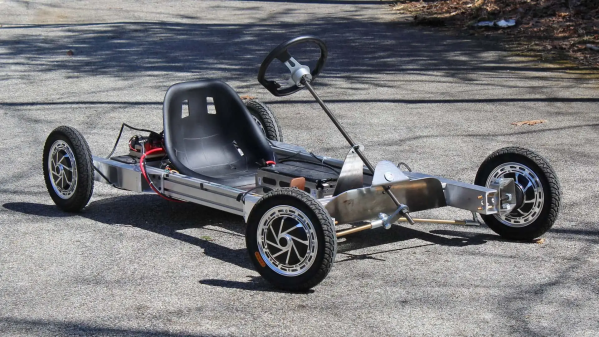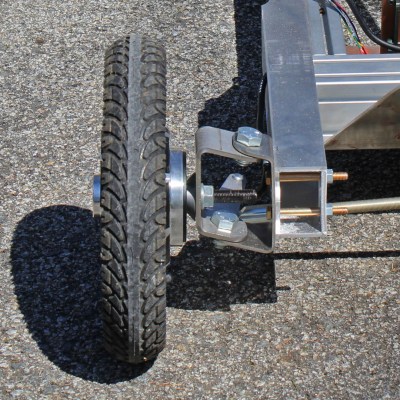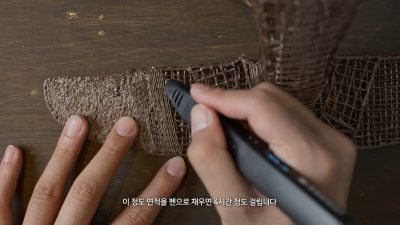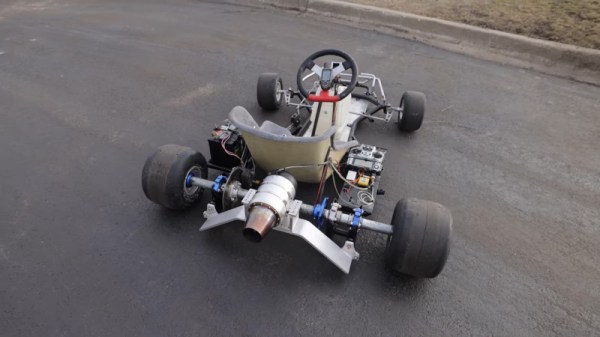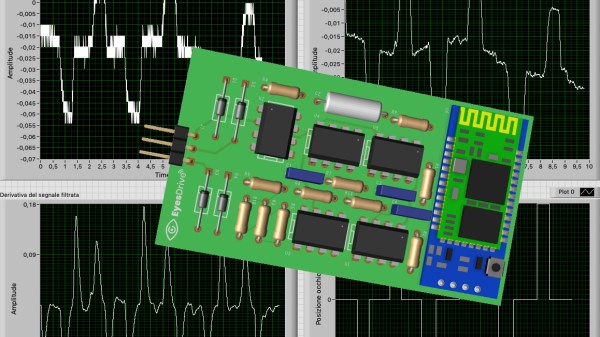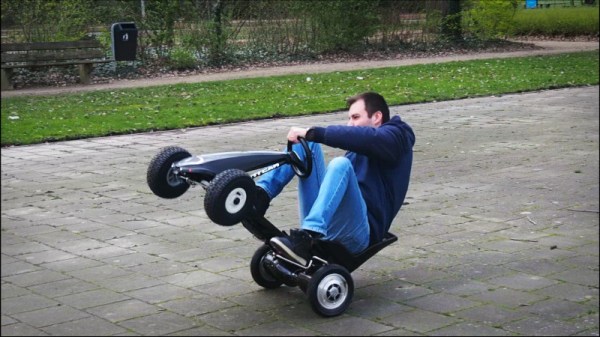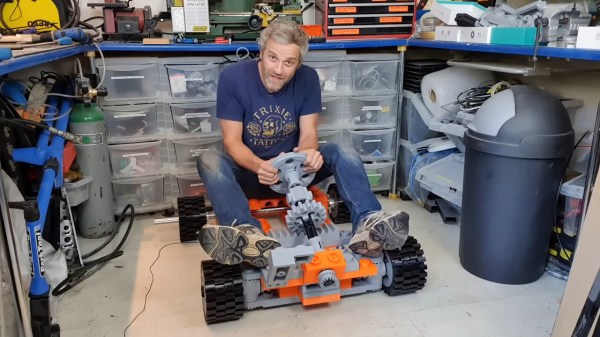[Peter Holderith] has been on a mission to unlock the full potential of a DIY quad-motor electric go-kart as a platform. This isn’t his first rodeo, either. His earlier vehicle designs were great educational fun, but were limited to about a kilowatt of power. His current platform is in theory capable of about twenty. The last big change he made was adding considerably more battery power, so that the under-used motors could stretch their legs a little, figuratively speaking.
How did that go? [Peter] puts it like this: “the result of [that] extra power, combined with other design flaws, is terror.” Don’t worry, no one’s been hurt or anything, but the kart did break in a few ways that highlighted some problems.
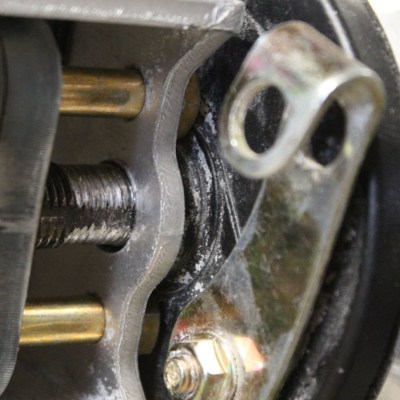
One purpose of incremental prototyping is to bring problems to the surface, and it certainly did that. A number of design decisions that were fine on smaller karts showed themselves to be inadequate once the motors had more power.
For one thing, the increased torque meant the motors twisted themselves free from their mountings. The throttle revealed itself to be twitchy with a poor response, and steering didn’t feel very good. The steering got heavier as speed increased, but it also wanted to jerk all over the place. These are profoundly unwelcome feelings when driving a small and powerful vehicle that lurches into motion as soon as the accelerator is pressed.
Overall, one could say the experience populated the proverbial to-do list quite well. The earlier incarnation of [Peter]’s kart was a thrilling ride, but the challenge of maintaining adequate control over a moving platform serves as a reminder that design decisions that do the job under one circumstance might need revisiting in others.


